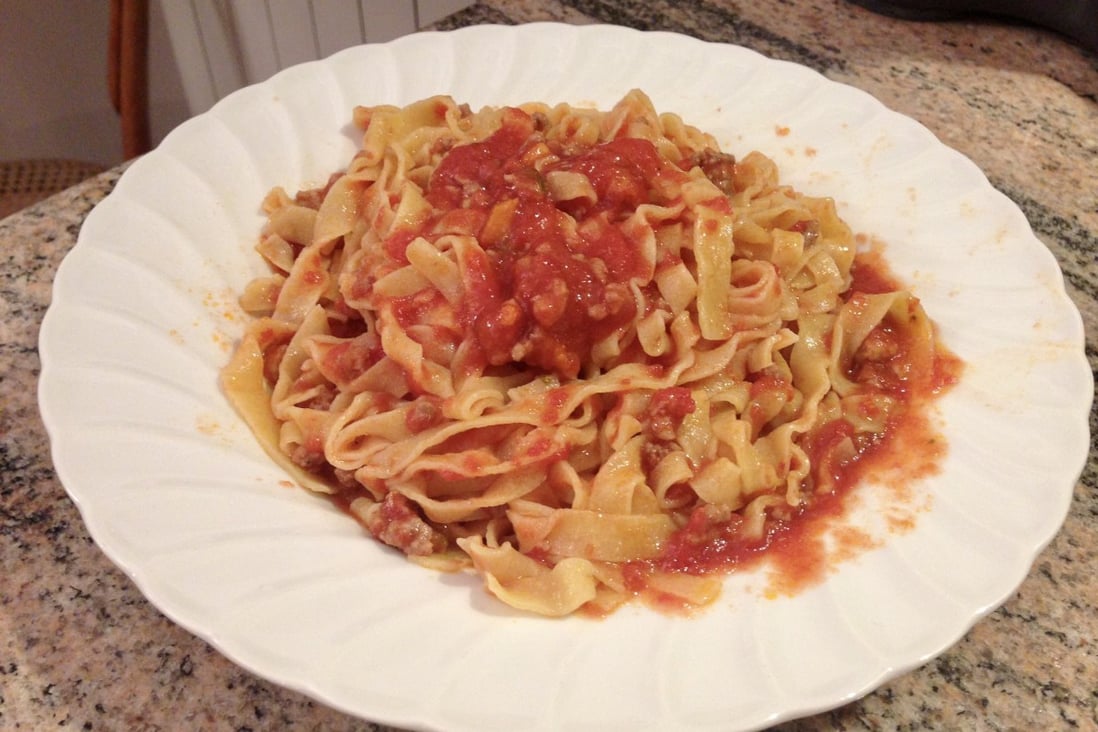
In Italy, people eat pasta on a daily basis. They never get tired of it, and not just because it tastes so good. It’s such a versatile ingredient.
There are 300 listed pasta shapes, according to Italy’s pasta lobby, the International Pasta Organisation. And each shape has dozens of variants, depending on where exactly in Italy it is made and eaten, and which sauces and toppings are used.
Pasta is a matter of territorial belonging and food identity, says chef Anna Maria Pellegrino, a member of Italy’s prestigious Academy of Cuisine and a top pasta researcher.
“Italy is divided into 20 regions and each has its mainstream pasta varieties, which come with infinite twists … Even within a single region, depending on whether you’re in the hills, in cities or on the coast, each town and village has its own signature variant of one pasta type. It’s nearly impossible to keep track of all of them.”
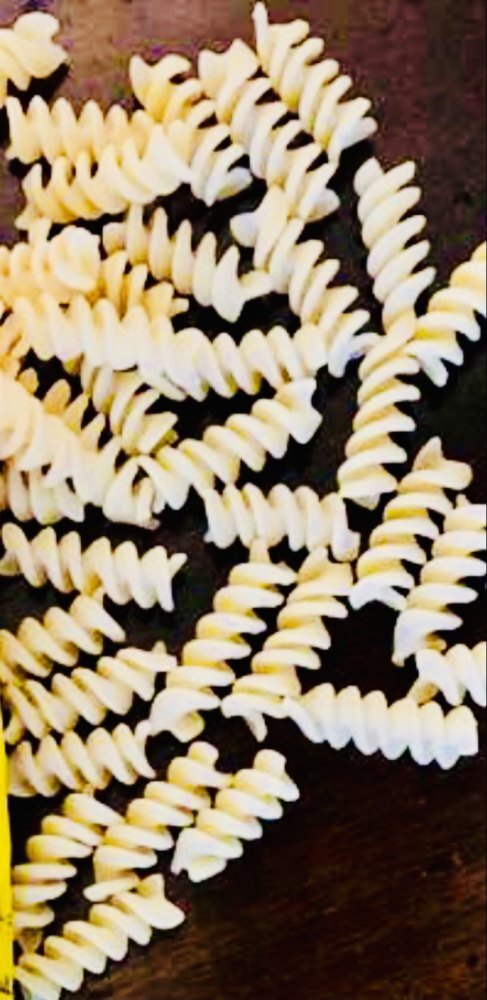
Pasta reflects the richness of Italian cooking traditions and recipes. If you add the variety of dried pasta and fresh pasta made with eggs – the one grannies in many families still make by hand each Sunday for lunch – and the pasta map becomes even more complex, adds Pellegrino.
While it is hard to fully classify pasta categories based on regions, as many varieties are cross-regional, it can be said that there are a few subcategories.
Did pasta come from China? Absolutely not, historians say
In the northern regions like Piedmont and Lombardy, locals tend to prefer short pasta like button-round corzetti and stuffed pasta such as agnolotti del plin, which are filled with meat and closed with a pinch.
The central regions of Tuscany and Emilia Romagna are known for their fresh egg pasta, while the southern-central regions, including Rome and Naples, tend to prefer long pasta. As you go further south, in Sicily and Puglia, short, twisted pasta types surface.
Take long pasta, for instance. In addition to the familiar spaghetti (circular, with a diameter of 2.2mm) and linguine (like flattened spaghetti) there are dozens of others, often in imaginative shapes and with creative names.
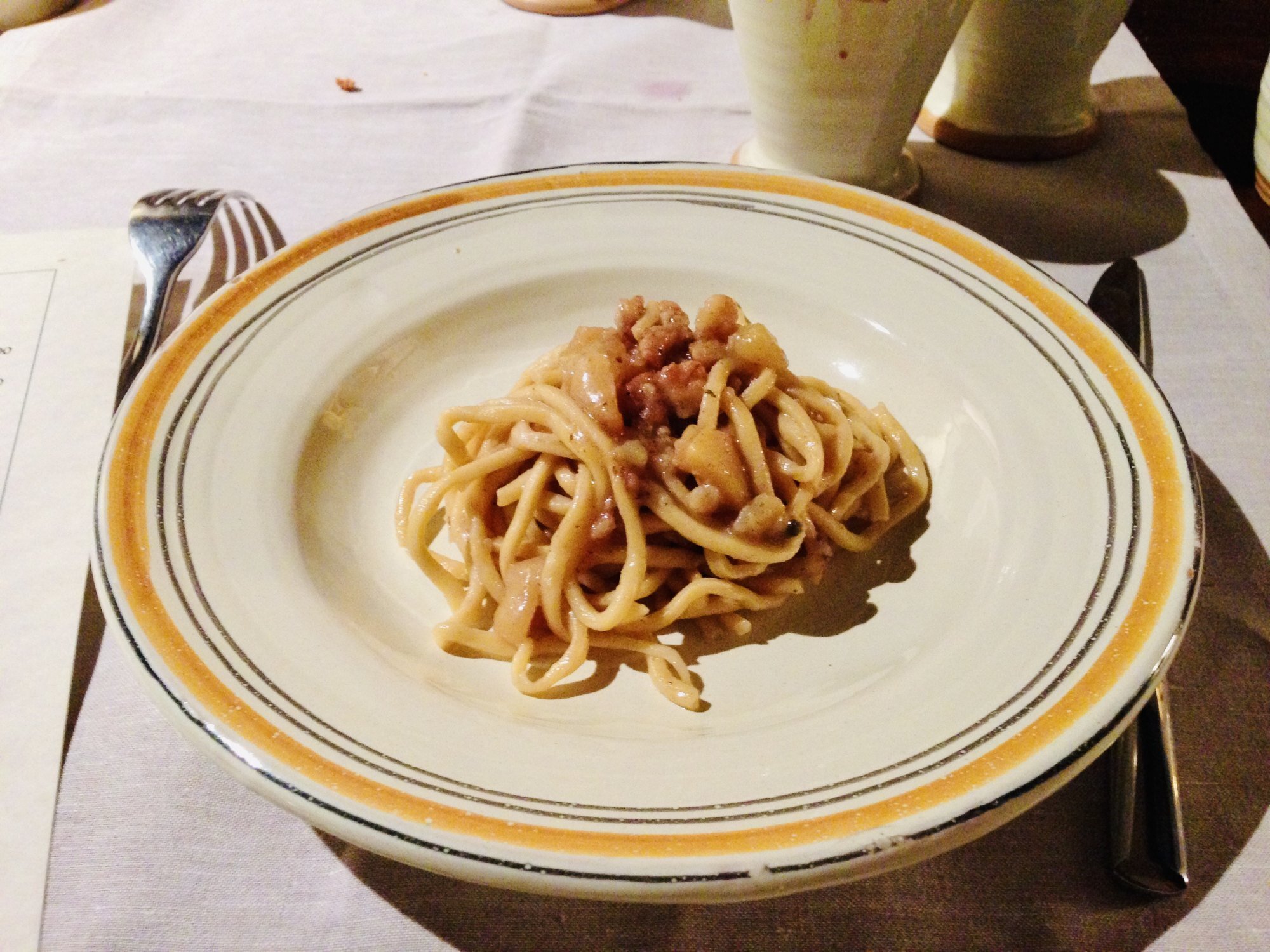
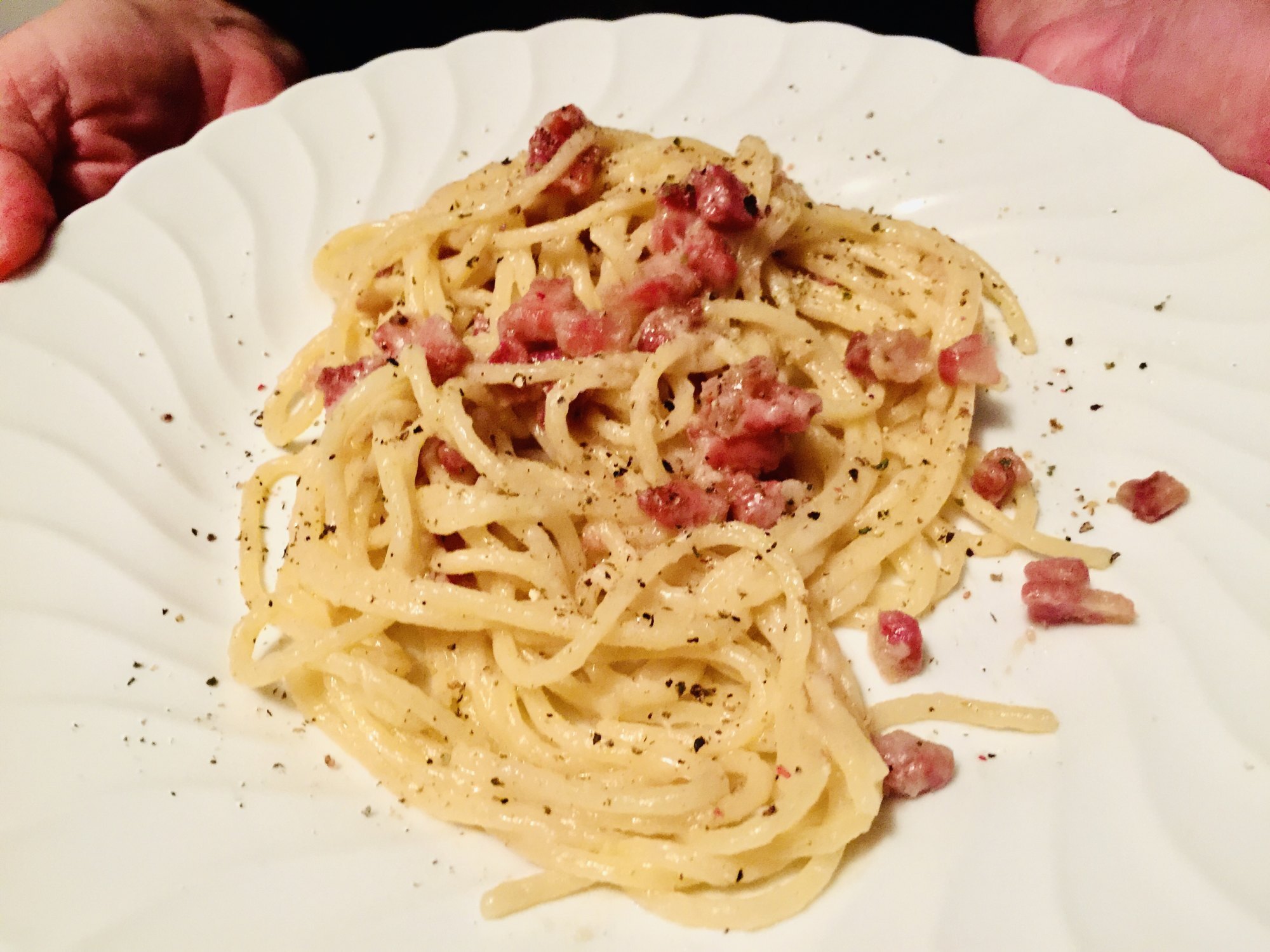
Rome has bucatini, thick, long, hollow strands that are hard to curl around a fork, often served with melted pecorino cheese and pepper, and flat wide fettuccine, tagliatelle and pappardelle that are great with rich tomato sauce, porcini mushrooms, wild boar sauce or bits of fried pork cheek.
There’s also smooth long linguine (meaning “little tongues”) that can be cooked with seafood and served in foil, and slightly curly spaghetti alla ghitarra made by pressing dough strips through guitar strings (hence the name). Lasagnotte – a peculiar huge, thick, flat variety with smooth or zigzag ridges – is eaten mainly in Puglia and other southern areas.
“Romans and Neapolitans have a love story with spaghetti, they feel a compulsion to curl their fork around it and slurp it up. That’s the supreme pleasure. No spaghetti, no party. The iconic spaghetti dish should always be topped with lots of tomato sauce, grated pecorino cheese and a leaf of basil,” says Paola Verdi, a Naples-based chef who cooks private dinners at people’s houses.
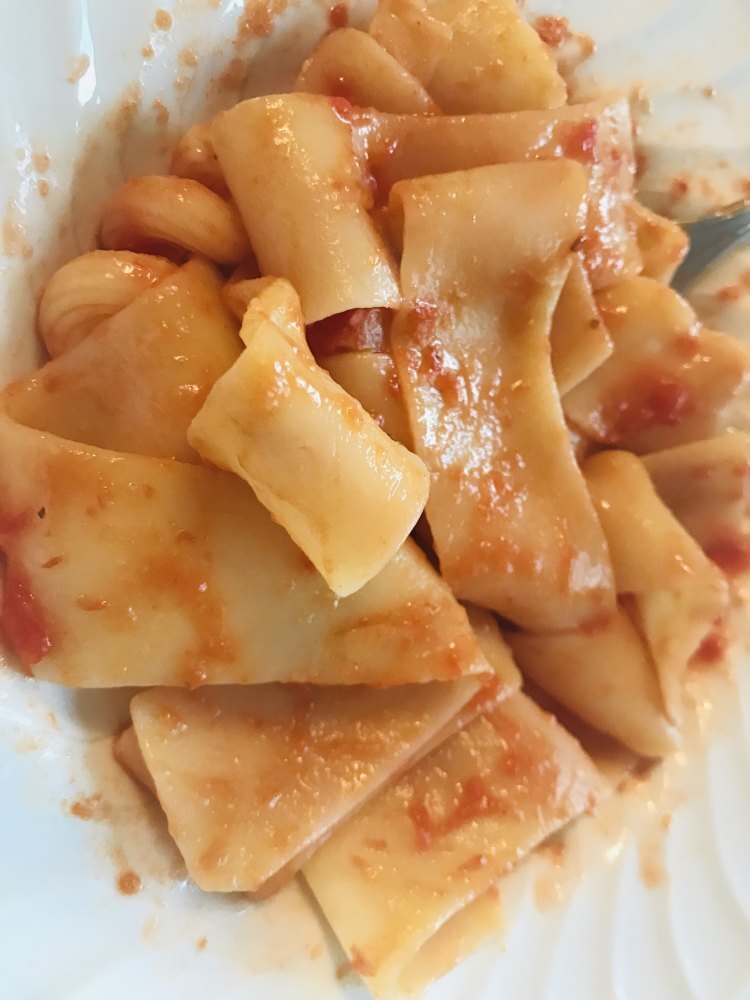
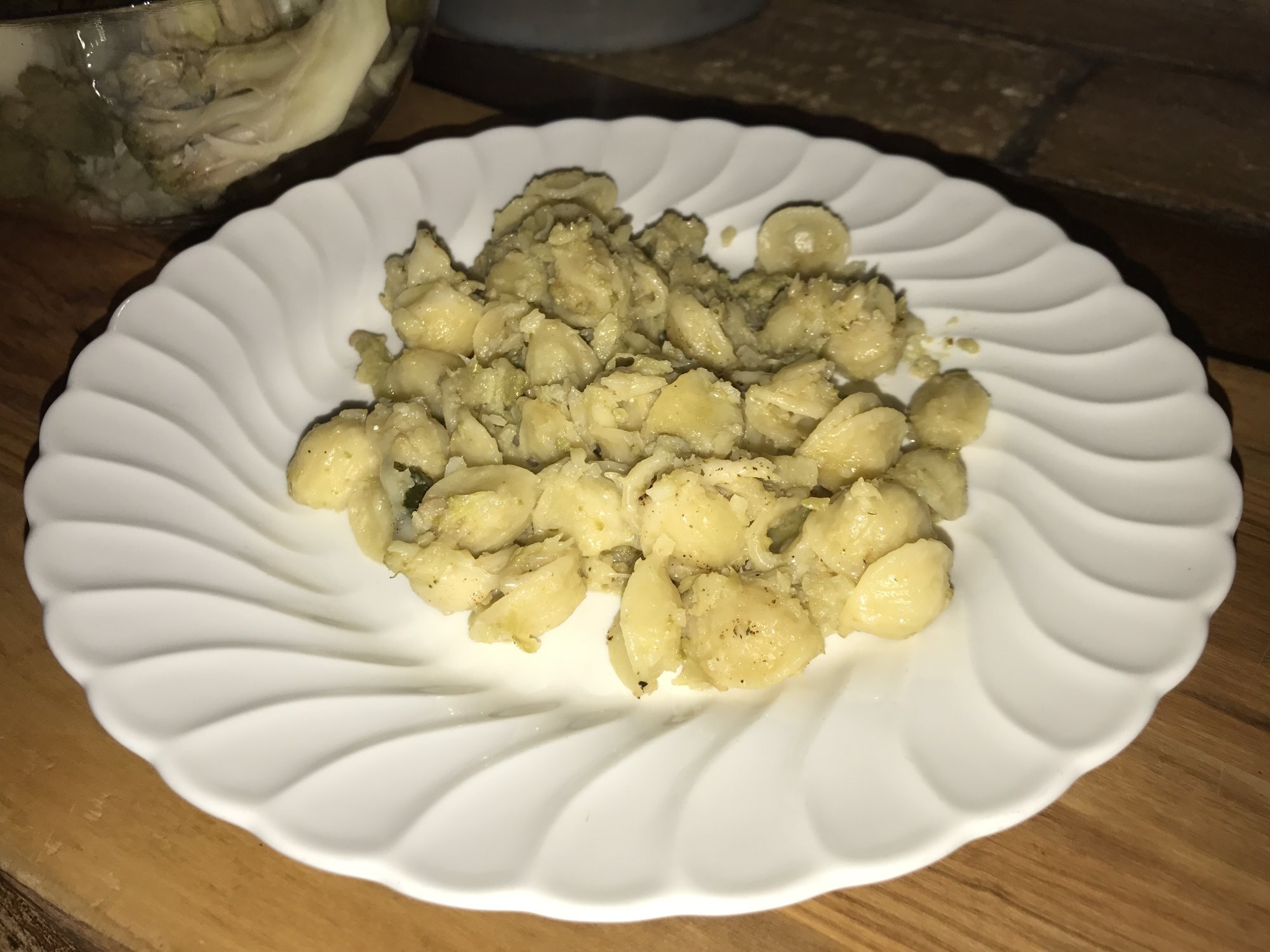
Short pasta varieties can be even more creative. Other than classic penne (meaning “little pens”) there’s mezze maniche (“half-sleeves”), butterfly-shaped farfalle, tube-like and ridged rigatoni, and maltagliati, meaning “badly cut” – roughly diamond-shaped pasta that originally came out as a kitchen mistake and later turned into a speciality of central Italy.
“Short pasta goes well with very thick meat sauces mixed with cheese that get trapped inside the hollow spaces, popping in the mouth when you bite on them,” explains Pellegrino, citing bombolotti (“little bombs”, savoured in Rome), and paccheri, big, thick, short, tube-like pasta served mainly in the south which translates to “slap across the face”.
Puglia is famous for ear-shaped orecchiette filled with a sauce made from turnip tops, while the island region of Sardinia is known for shell-shaped malloreddus.
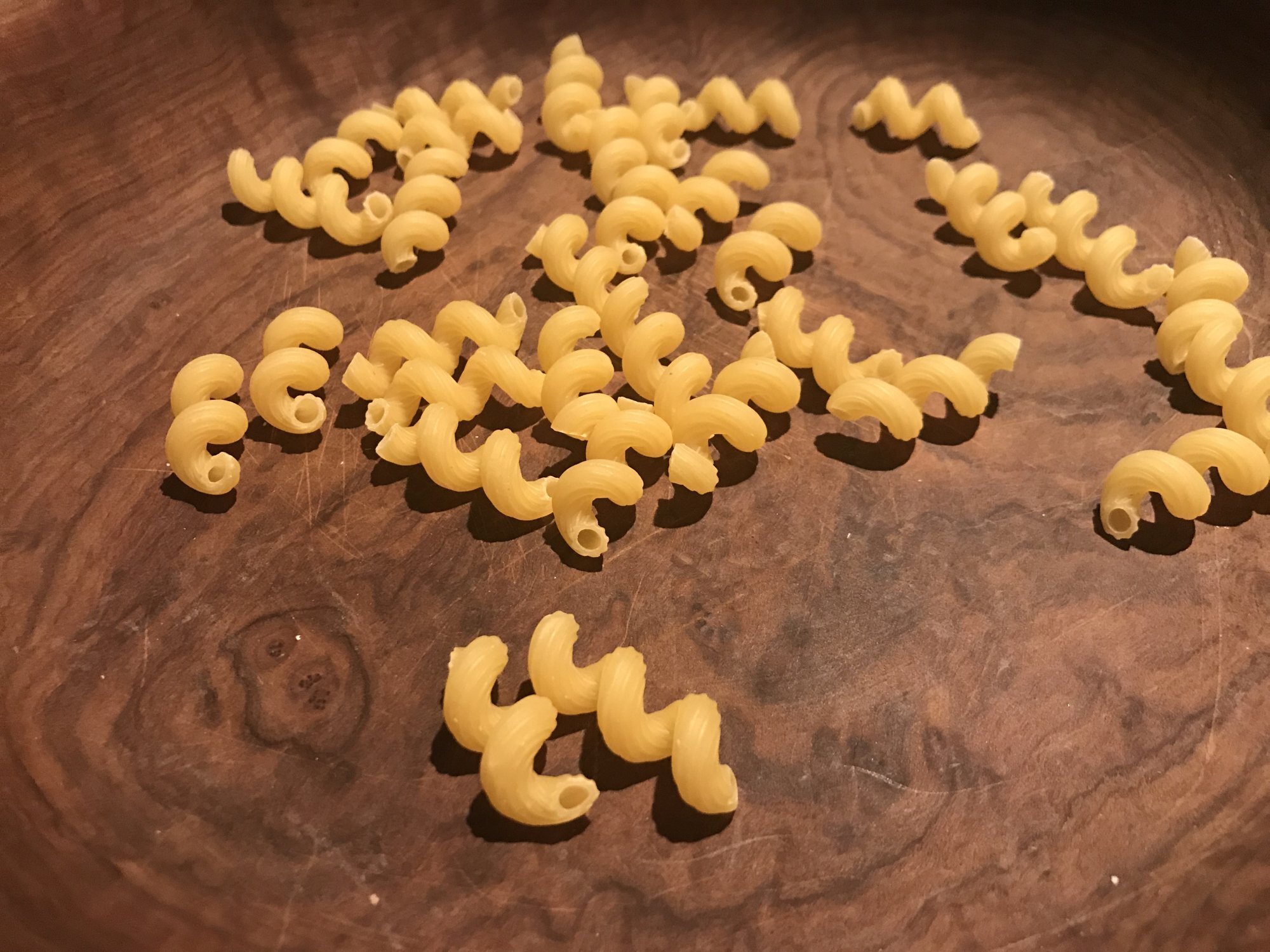
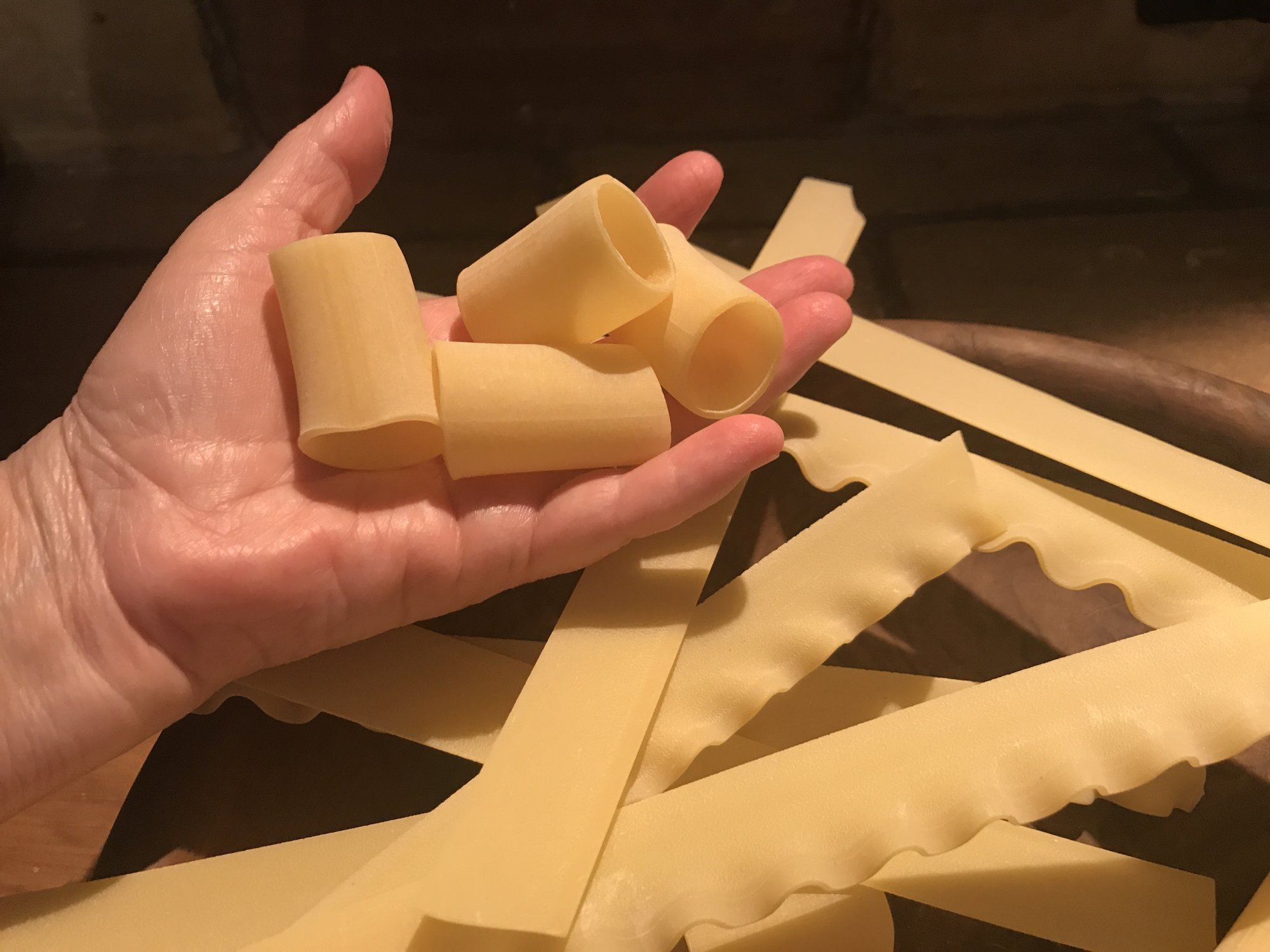
Other southern short pastas include fusilli, resembling corkscrews, and curly, worm-like cavatelli. Anelli alla pecorara are thick pasta loops shepherd’s-style with vegetables, ricotta and pecorino sheep cheese.
Pasta goes into broths, too, so in Neapolitan restaurants you’re often served pasta pazza (also known as “crazy pasta”) made with a mix of tiny short pasta shapes ranging from uneven penne and wheels to split shells and broken spaghetti.
“In Italy you drive for just a few kilometres from one village to the next and you’ll taste pasta dishes that look alike but have different names and ingredients”, says Pellegrino.
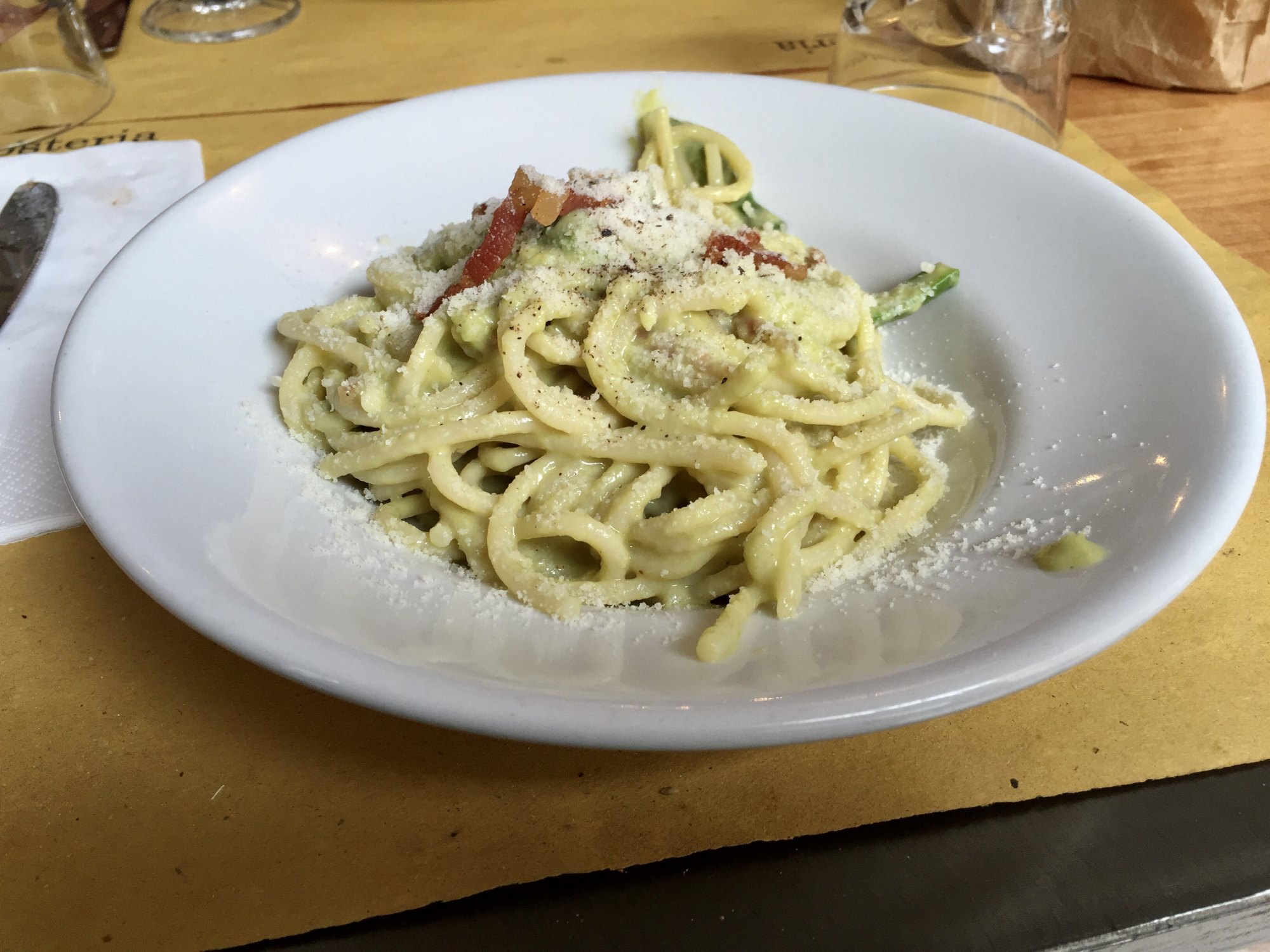
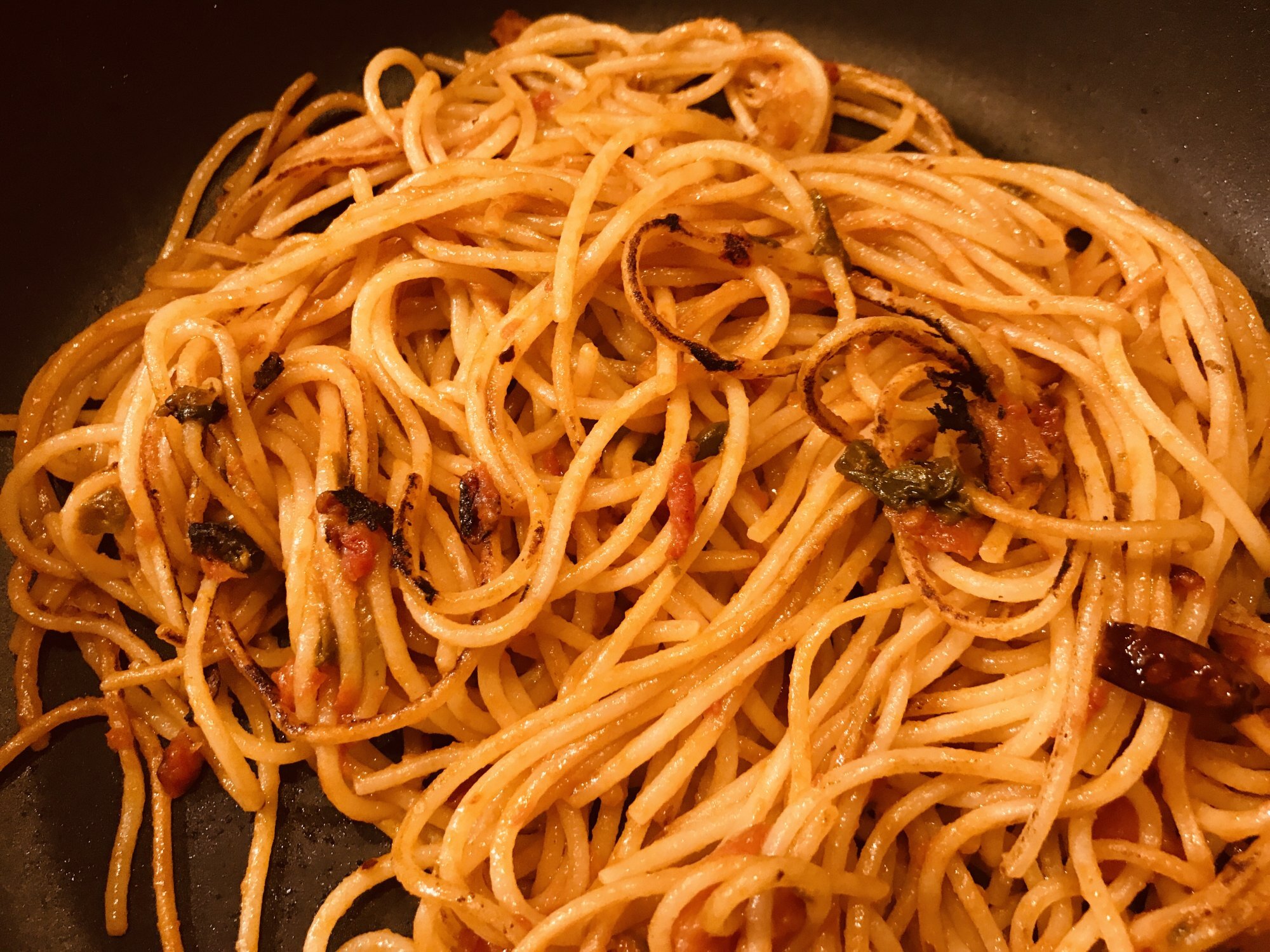
The wide choice of pasta in Italy is extended by what kind of sauce is used, whether it’s red or white – with or without tomato sauce.
Ragù meat sauce goes well with long or short pasta that has a rough surface able to capture the bits and pieces of meat, while silky spaghetti is perfect for curling onto forks in the classical dish called aglio, olio e peperoncino – with garlic, olive oil and chilli.
Melted butter and different cheeses are also used as “white” toppings. In the south of Italy, locals indulge in so-called assassin spaghetti made with heaps of red hot chilli, fried tomato sauce and crispy spaghetti.
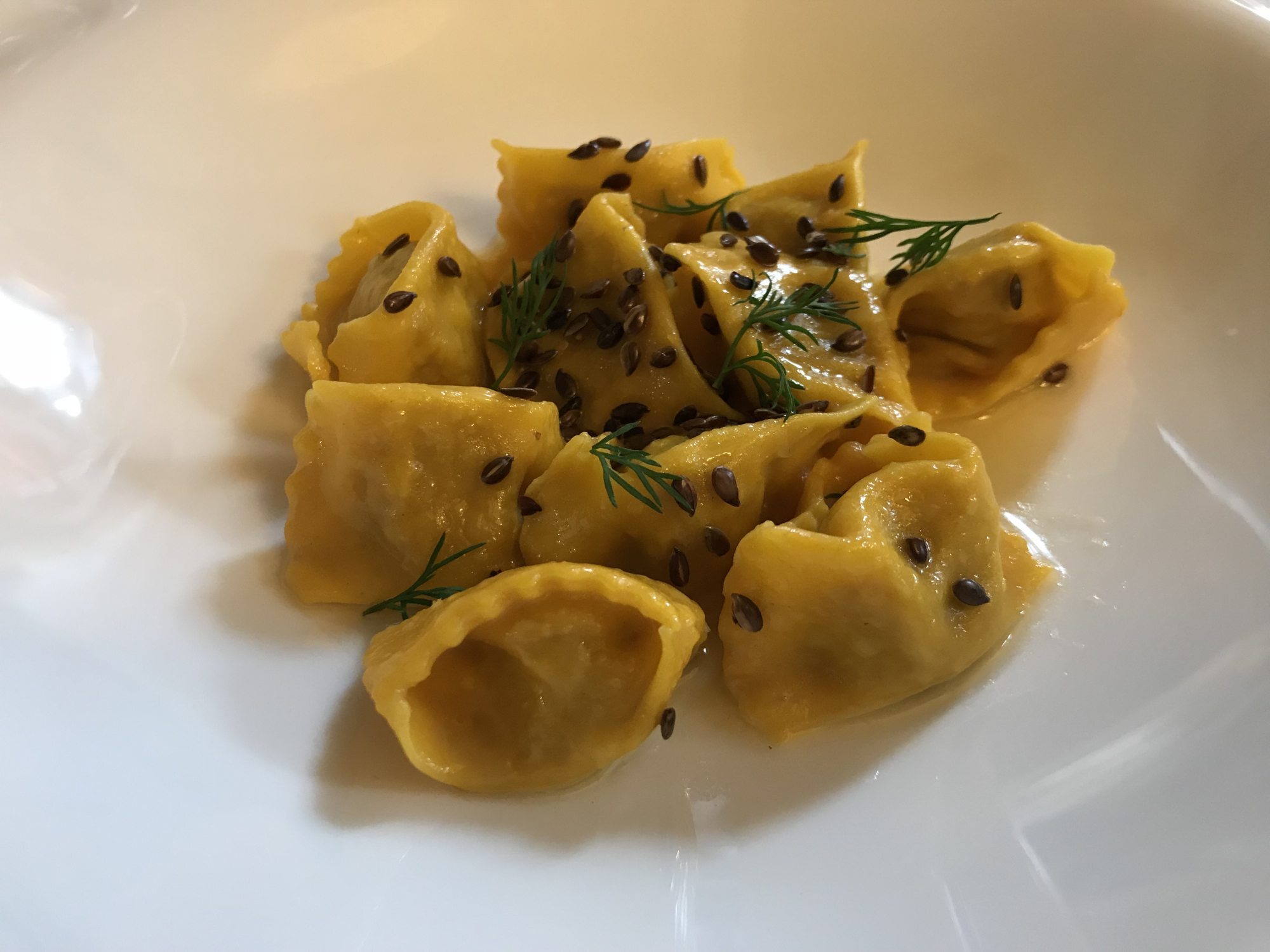
Nuances are key. A millimetre less or more, a twisted shape to the left rather than to the right, a double or triple helix and a lined rather than flat surface can make a huge difference. There’s only one rule across all 20 regions: pasta should be eaten al dente, not overcooked. Mushy pasta is a blasphemy.
Across centuries, pasta-makers have come up with the craziest names to identify specific pasta types. Housewives and tavern runners have always had wild imaginations when it comes down to food.
So that’s why in Tuscany, a land of anti-clerics prone to swearing, menus feature strozzapreti – “monk chokers” – short pasta twisted like a hangman’s noose. The name recalls the renowned gluttony of rich churchmen in the Middle Ages and the wish of the poor that the priests may suffocate while devouring it.
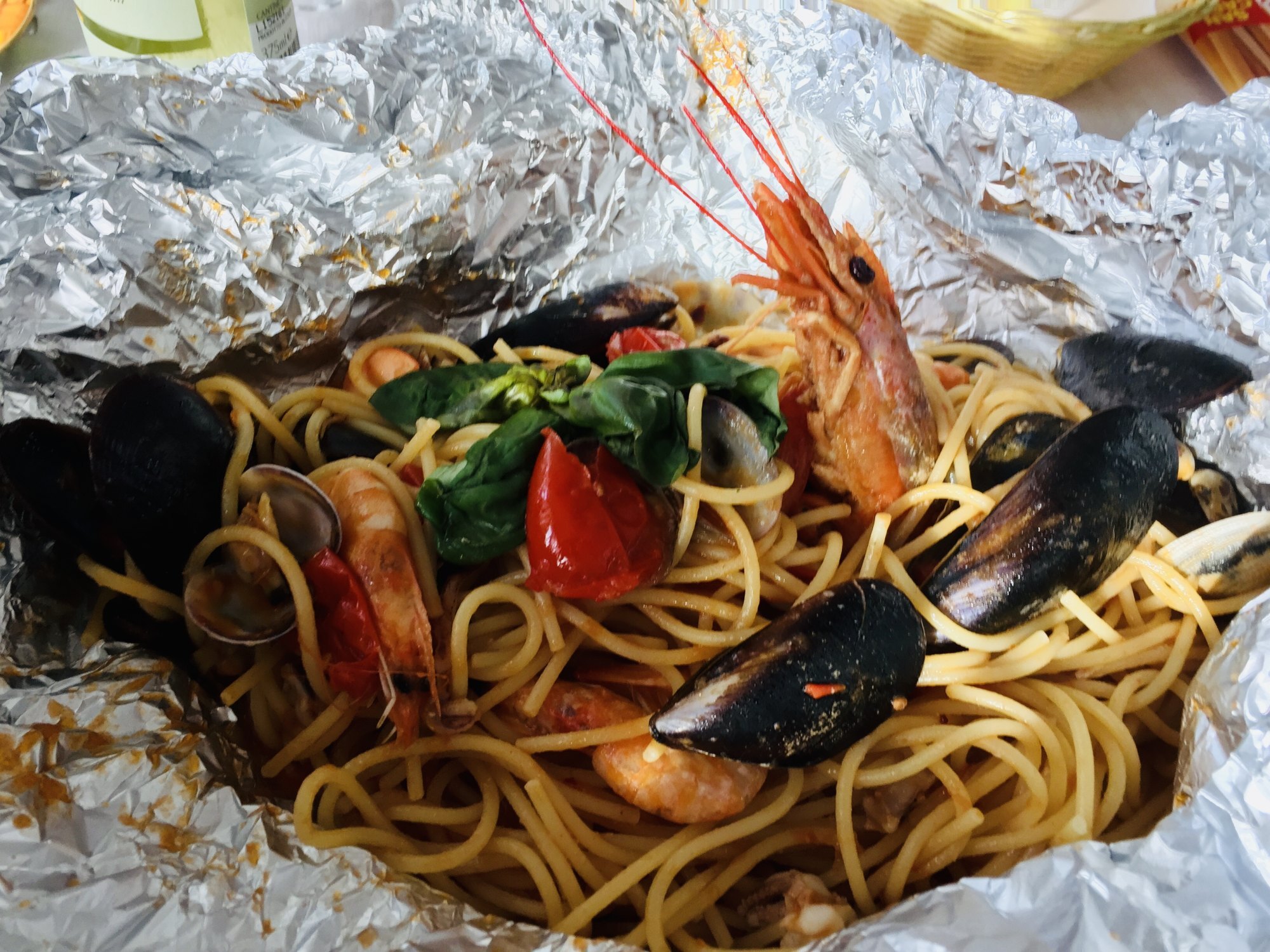
Other whimsical names include thin capelli d’angelo (“angel hair”), which look very much like thin rice noodles and are eaten with capon broth, and vermicelli (“little worms”).
Fresh pasta is a favourite in the central region of Emilia Romagna, where the famed tagliatelle al ragù (which foreigners call spaghetti bolognaise) was invented, so its said, by a chef who was inspired by the sensual golden locks of a rich woman. Emilia Romagna is also home to lasagne, and stuffed pasta such as tortellini.
“Over here, pasta for us is exclusively fresh, made with eggs and flour, and hand kneaded each day. I personally do this in the back room of my restaurant, early in the morning. We don’t eat dry pasta. For my clients I prepare and serve fresh tagliatelle each day, and that’s why it is so delicious and easy to digest,” says chef Emilio Barbieri of AnnA restaurant in Modena.
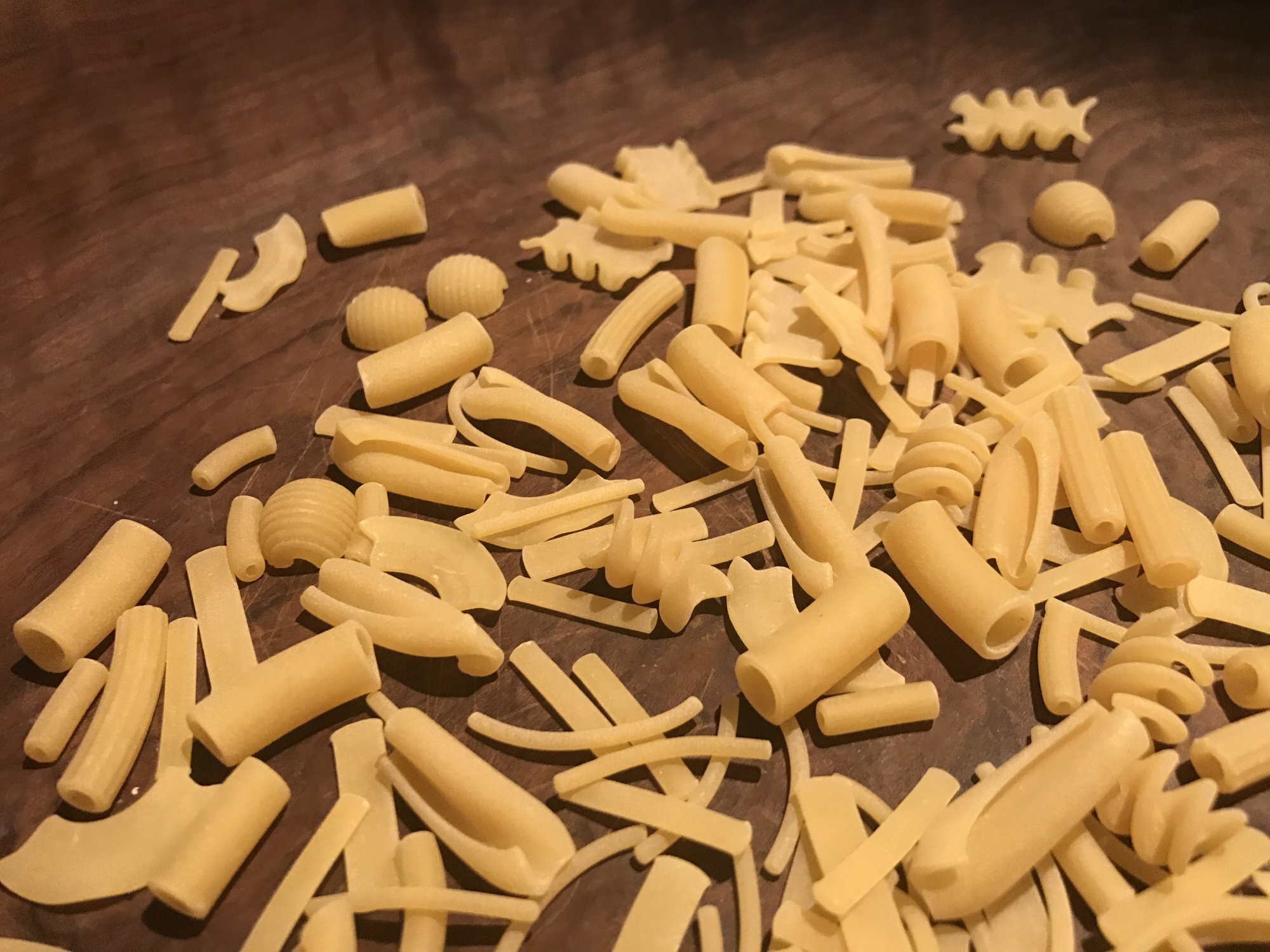
Other than tortellini, locals in the region make little hat-shaped cappelletti, tortelli, tortelloni (big tortellini), pocket-shaped anolini and uneven little hats called cappellacci that are distinguished by tiny differences in the design and filings.
Each family and tavern in Emilia Romagna has its own style. There are fresh pasta boutiques where you can place an order and grab your tagliatelle for lunch, prepared by the descendants of the so-called azdore – “housewife” in the local dialect – pasta priestesses who have been making these delicacies since the Middle Ages.
They sell their fresh pasta at boutiques called pastifici, similar to pizza stands and bakeries. Pastifici are found also in other Italian regions, each selling local pasta specialities for take away – uncooked, of course.
Like what you read? Follow SCMP Lifestyle on Facebook, Twitter and Instagram. You can also sign up for our eNewsletter here.







